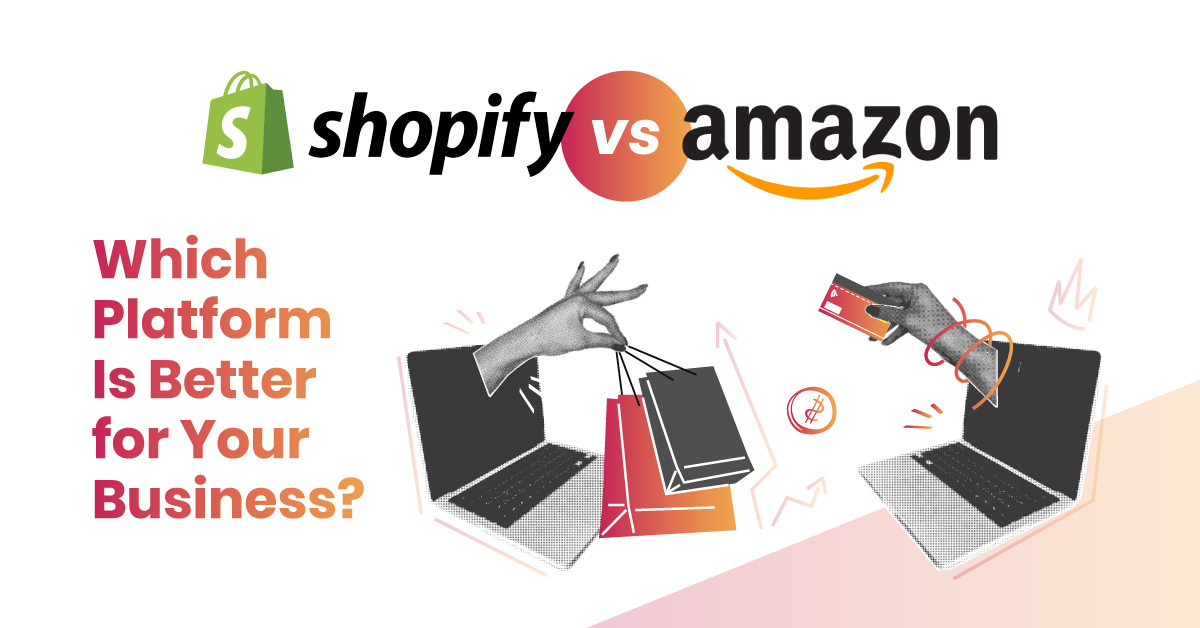4 min read

Consumer behavior is changing quickly as the e-commerce landscape undergoes constant change. Keeping up with trends is essential to your e-commerce business’s success in the fast-paced digital marketing world. We will discuss some of the most recent e-commerce marketing trends in this blog, such as digital marketing trends, eCommerce SEO strategy, retargeting ads, and eCommerce digital marketing, and how they can assist you in adjusting to the shifting tides of consumer behavior.
Table of Contents
E-commerce Digital Marketing Trends
Being current on the most recent developments in digital marketing is crucial in the digital age. Several of the most notable trends that could have a significant impact on e-commerce are as follows:
-
Marketing via Video
The appeal of video content is growing. You can increase engagement and conversion rates by adding videos to your product pages or social media posts. Additionally gaining popularity are live streaming and short-form videos on platforms.
-
Influencer Advertising and Marketing
Reaching your target audience can be effectively accomplished by utilizing influencers in your niche. Work with influencers to market your goods and establish credibility with potential customers.
-
Optimization for Voice Searches
The importance of voice search optimization for your e-commerce website is rising with the widespread use of smart speakers and voice-activated devices. This includes utilizing long-tail keywords and natural language in your content.
-
Usage-Generated Content
Encourage the creation and dissemination of content about your products by your customers. Reviews and social media posts are user-generated content that bolsters credibility.
- eCommerce SEO Strategy
E-commerce marketing’s mainstay continues to be search engine optimization (SEO). Consider these elements of an efficient eCommerce SEO strategy to increase your visibility and draw in organic traffic:
-
Mobile Optimization
Mobile compatibility is essential. A smooth user experience is necessary, so ensure your website is responsive.
-
High-Quality Content
Disseminate insightful content that assists customers in making wise decisions. This increases audience engagement as well as your search engine rankings.
-
Technical SEO
To improve your website’s visibility in search results, regularly optimize its technical components, including site speed, meta tags, and structured data.
-
Local SEO
Local search optimization is crucial for brick-and-mortar e-commerce companies. Ensure your Google My Business listing is accurate and claimed, and encourage customers to leave reviews.
- Retargeting Ads
Retargeting ads help re-engage past prospects who have expressed interest in your goods. You can nudge users back into the sales funnel by showing them personalized ads after visiting your website but leaving without buying anything. Showcase particular items they viewed or left in their shopping carts by using dynamic retargeting.
- eCommerce Digital Marketing
A wide variety of strategies and channels are included in e-commerce digital marketing. Some essential elements to think about are as follows:
-
Email Marketing
Sales can be increased, and clients can be kept by using personalized email campaigns, abandoned cart reminders, and product recommendations.
-
Social Media Advertising
Social media sites like Facebook, Instagram, and Pinterest provide highly targeted advertising options that can connect with your target market.
-
Content Marketing
Make pertinent and engaging content to draw in and inform your target audience. Articles, product guides, and blogs can all increase traffic and conversions.
-
Analytics and Data
Utilize analytics software to learn more about how customers behave, sales trends, and the success of your marketing campaigns. Make use of this information to guide your choices and, if necessary, adjust your tactics.
Read More: Festive Season Digital Marketing Trends
How Consumer Behaviors Have Modified
In the past, most consumers only used two or three channels to shop for and buy products. It now acts differently.
More people are conducting product research, making purchases, and rating their experiences online using both PCs and mobile devices.

For example:
They use search engines to look for products. Customers view product tutorials or demonstrations that are embedded in online videos.
They go to retailer websites to check out product reviews and price comparisons.
They use blogs, Facebook, Twitter, and other online social networks to learn about products and share their opinions on shopping.
After shopping in a store, they place their order from the comfort of their home using a computer or a mobile device.
Various devices, including PCs, smartphones, and tablets, are also used interchangeably by consumers to interact. They might access a website on their PC one day and their iPad or smartphone the next. As more people use tablets and laptops and stream the Internet through their TVs, cars, and home appliances, the variety of devices is anticipated to increase.
Customers use various channels interchangeably when making purchases. They might visit the shop to see a product in person, but after they leave, they might order it online. Alternatively, they could choose from a more extensive selection and place an in-store order to have it delivered to their home. Even while they are inside a rival’s store, they might place an order with you online.
Consumers expect a quick, seamless experience in a store, calling a call center, or interacting on a company website as technology advances faster. As they switch between channels, they also anticipate a consistent brand experience. Customers assume, for instance, that a sales promotion on a company website will also be available in the store.
The Evolution Goes On
Similar fundamental expectations apply to all consumers. They want to avoid overpaying but also desire the products they want when they want them. Because of this, e-commerce has become consumers’ preferred means of shopping.
Since consumers can now access information, shop on various devices, and share their shopping experiences with others thanks to e-commerce, their expectations and shopping behavior have entirely changed. The technology-driven changes in consumer shopping preferences will require businesses to adapt to remain competitive.
Conclusion
In conclusion, e-commerce companies must change by implementing the newest digital marketing strategies and trends. This is because consumer behavior is constantly changing. Staying current with digital marketing trends, refining your eCommerce SEO strategy, effectively utilizing retargeting ads, and operating a comprehensive approach for eCommerce digital marketing are all examples of how to do this. You will be able to increase your visibility, draw in and keep customers, and succeed in the rapidly evolving world of e-commerce by doing this.
Published: November 2nd, 2023




